The NHL has reached its Four Nations Cup break. The regular season will resume on February 22nd, but there's not much to talk about besides that tournament.
In the good-news column, after some consternation as to Sidney Crosby's availability for the tournament, he traveled to Montreal and took part in Team Canada's first practice on Monday afternoon. That is a good sign for his availability with the first game going down Wednesday night against Team Sweden.
Just for fun, here were the lines Team Canada had at practice (they said Travis Konecny is sick, but I surmise he'll be the fourth-line right wing next to Brandon Hagel and Anthony Cirelli):
I have to admit, though I'm not particularly invested in this tournament, just seeing those forwards lines makes me feel a bit like a kid. It is as if I'm 12 years old again and my friends and I are picking who we're going to be for a game of road hockey, only it's an actual roster. This is fun.
As for Team USA's lineup, their lines look just as deep:
It sucks that Quinn Hughes won't be participating because USA's blue line looked to be stacked to all hell with him there, but this is a very deep, very talented group that is loaded in goal. Them and Canada, depending where you're looking, are about even by betting lines, and I would say that USA should have an edge (though marginally less so because of the Hughes absence). This should be a fun matchup on Saturday night.
Here is how Team Sweden is lining up:
Sweden is quietly a very deep team that doesn’t have any real weaknesses. It may come down to how well players like Mika Zibanejad and Elias Pettersson perform compared to their seasons to date.
*
With the lack of anything going on, it's probably worth taking a look back at the season to date as we gear up for runs at a fantasy hockey championship.
Back in the summer, I looked at changes in peripheral stats like shots, hit, and blocks. The big note is that the 2023-24 season saw a huge increase in shot blocking while also seeing a decline in hits. A few weeks into this season, I looked at some of the same stuff, and there was an ever further increase in blocks per minute and an even further decline by hits per minute. Defencemen were also taking a higher share of the shots than they had in the last few years. Since we haven't done an update since, it is worth reviewing all that again. Data will be from Natural Stat Trick.
To quickly recap, here are the totals for hits and blocks, both overall and per game, in each of the prior three seasons:

That is a drastic change in blocks, and a pretty sizable change in hits. So, how does 2024-25 stack up? Well…

Shot blocking is down a bit, but it is also much higher than it was even just two years ago. What sticks out a bit to me is that hits are climbing again. It hasn't been a huge increase thus far at a little over 3% from last year on a per-game basis, but even a 3.1% increase from last season would add roughly 1700 hits compared to the total from 2023-24 campaign. That is a lot of hits, and something we should keep in mind when heading towards fantasy playoffs.
A lot has been made this season about the change in shot rates, and that is real: Hockey Reference has teams landing 28.3 shots per game, the lowest mark in over 20 years. The thing is that it's not as if teams are shooting less, necessarily. They are landing fewer shots on goal, yes, but they are taking more shot attempts per 60 minutes (59.04) than last season (57.57), and more than the prior three-year average (57.89):

Shot attempts are up, and shot blocking is down, but teams are landing fewer shots on goal than they have in over two decades. What gives?
The obvious answer is skaters are missing the net a lot more than they usually do. The percentage of shot attempts that are neither on goal nor blocked has risen sharply compared to last year, but is still lower than it was in 2022-23:

When considering a similar-ish percentage of shots blocked when compared to 2023-24 and a huge increase in percentage of shots missed, it results in over 52% of all shot attempts being blocked or missing the net. That was under 49% each of the last two years, so despite a rise in shot attempts, when more are being blocked or missing the net, we have lower shot totals as we do this season.
The question is why this is happening.
One answer is one that I can't answer personally. I have seen some people on social media surmise that this is all due to a change in how the league designates an attempt as either on goal, blocked, or missed. I just do not have the technical skills to discern whether that is true, and if it is true, how impactful that change has been. It could very well be something that matters, but I will have to wait until a better analyst gets around to it.
One answer I can give is that I believe part of it is the rise in shots from defencemen. Last year, defencemen took 33.2% of their team's shot attempts, the highest mark of the previous three seasons. So far this year, that number has climbed even higher, and defencemen are now taking over one-third of all shot attempts in the league:

Only 40.5% of shot attempts from defencemen are turning into shots on goal this year while forwards have 51.5% of their attempts end up as a shot on goal. If defencemen, whose attempts turn into shots at a far lower rate, take more shots, it makes a lot of sense that more shots are either being blocked or miss the net entirely.
This is very apparent when looking at the shot attempts credited to a defenceman in each of the past four seasons, shots on goal credited to defencemen, the 60-minute rates of each, and the increase in attempts and decrease in shots:

That is a lot more attempts with a lot fewer shots on goal, so it makes sense that we're seeing a decrease league-wide in shots on goal even with shot attempts seeing a modest rise overall.
It isn't all on the defencemen, though. Forwards are seeing far fewer of their shot attempts turn into shots on goal than in recent seasons:

While a drop from 53.4% to 51.5% of shot attempts by forwards ending up on goal might not seem like a large change, forwards are pacing for around 103 000 shot attempts this season. That change would result in roughly 2000 fewer shots on goal. That is a lot.
(This is where I'll note that sometimes there is a game here and there missing from a player's log, and sometimes a player will have the wrong position designation like Kurtis MacDermid sometimes does. However, those handful of missing games and a depth forward/defenceman being given the wrong designation do not come anywhere close to being enough to explain any of the discussed changes.)
One idea I had was that a decline in power play opportunities – Hockey Reference has power-play opportunities per team per game at its lowest point in their records going back to 1963, so over 60 years – was adversely affecting shots on goal from forwards. While that is true, because forwards are averaging less ice time per game on the power play even if part of that decline is that power plays are more efficient than ever, it is a bit misleading. Forwards are also turning their shot attempts on the power play into shots on goal at a rate far lower than 2-3 years ago, and a small decline from last year, too:

Whether at all strengths or on the power play, forwards are turning shot attempts into shots on goal at very, very low rates when compared to recent history. This is where I wonder if the classification thing mentioned earlier as a sizable impact.
This is a bit of a complicated issue, but I think there are a few things we can glean:
- Blocks and hits, after huge changes in 2023-24, seem to have stabilized around their new rates, if up or down a little bit.
- Shot attempts are turning into shots on goal at far lower rates than in recent NHL history. Part of that does seem to be defencemen taking a larger share of the attempts, but other factors are likely in play such as fewer power play opportunities.
- A change in how the NHL quantifies shots on goal/missed shots/blocked shots likely has an impact here but a smarter person than me would have to figure that out.
Hope this helps people as they head towards the final third of their fantasy season. The levels of hits and blocks fantasy managers need haven't really changed much, assuming they were basing them off the 2023-24 season, but expectations for goals genuinely need updating. There has been too much change happening at all positions, at all strengths, over several seasons to ignore.
One Comment
Leave A Comment
You must be logged in to post a comment.

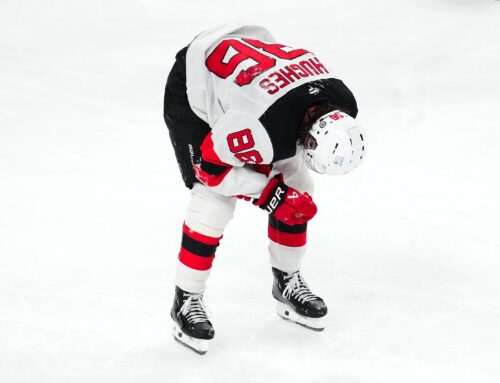
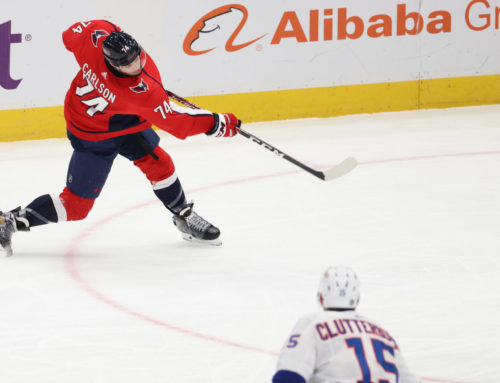
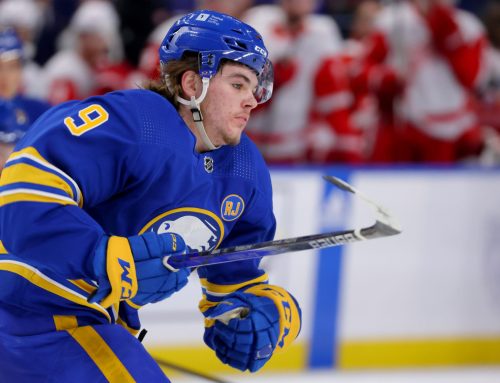
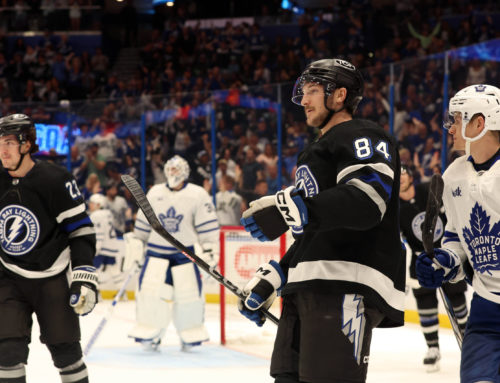
 TOR
TOR EDM
EDM ANA
ANA PIT
PIT BUF
BUF S.J
S.J MIN
MIN DET
DET CBJ
CBJ UTA
UTA NSH
NSH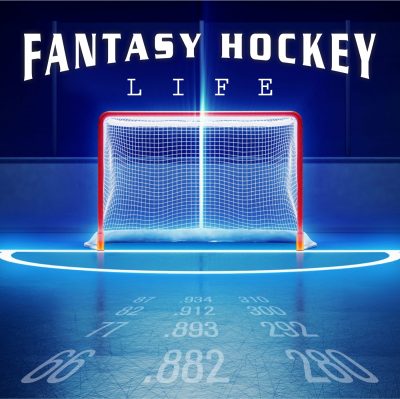
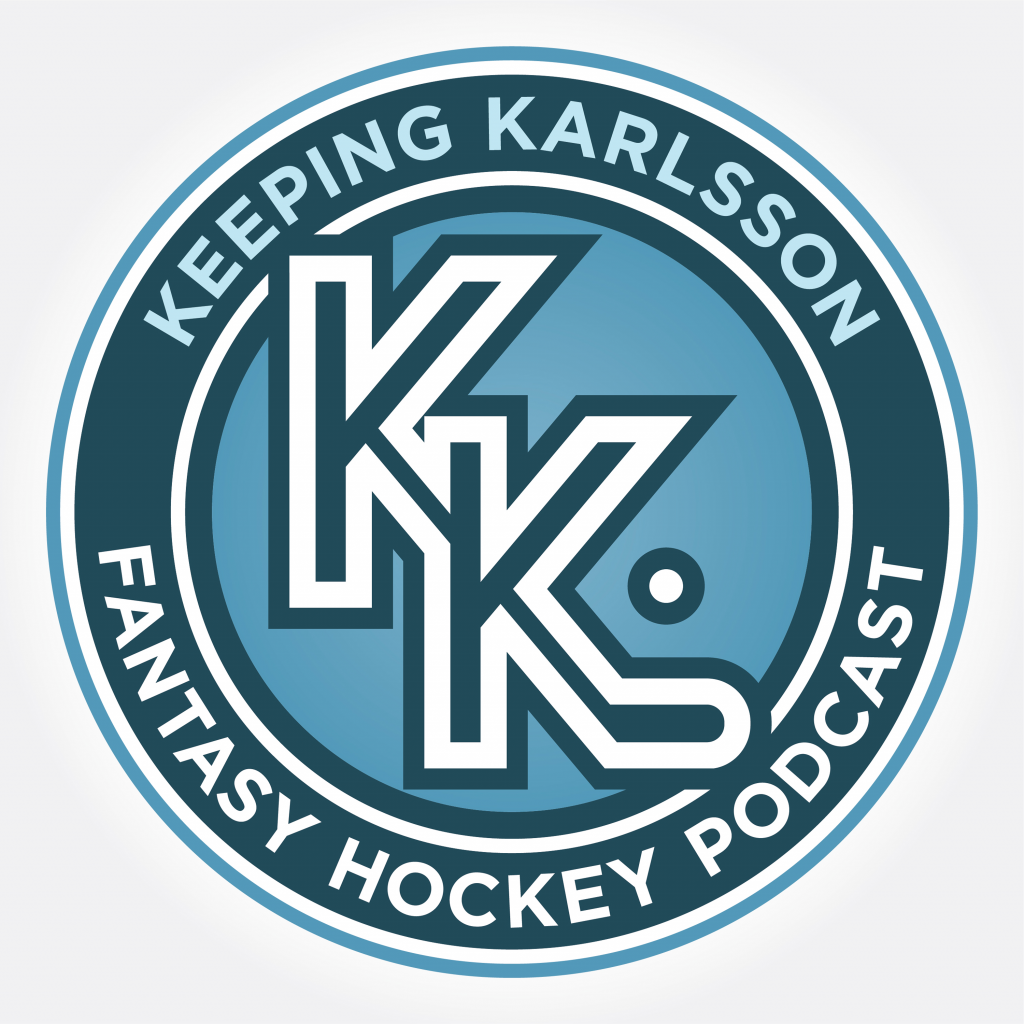
Takeaways/60 min and in absolutes dramatically dropped in 2024-2025 season compared to previous seasons, i.e. from 3 takes/60 min to 2 takes/60 min and less among the top players. In previous seasons Takes leaders were mostly forwards, now mostly defs. Do you know if there was any change in how Takes are counted by the NHL this season?